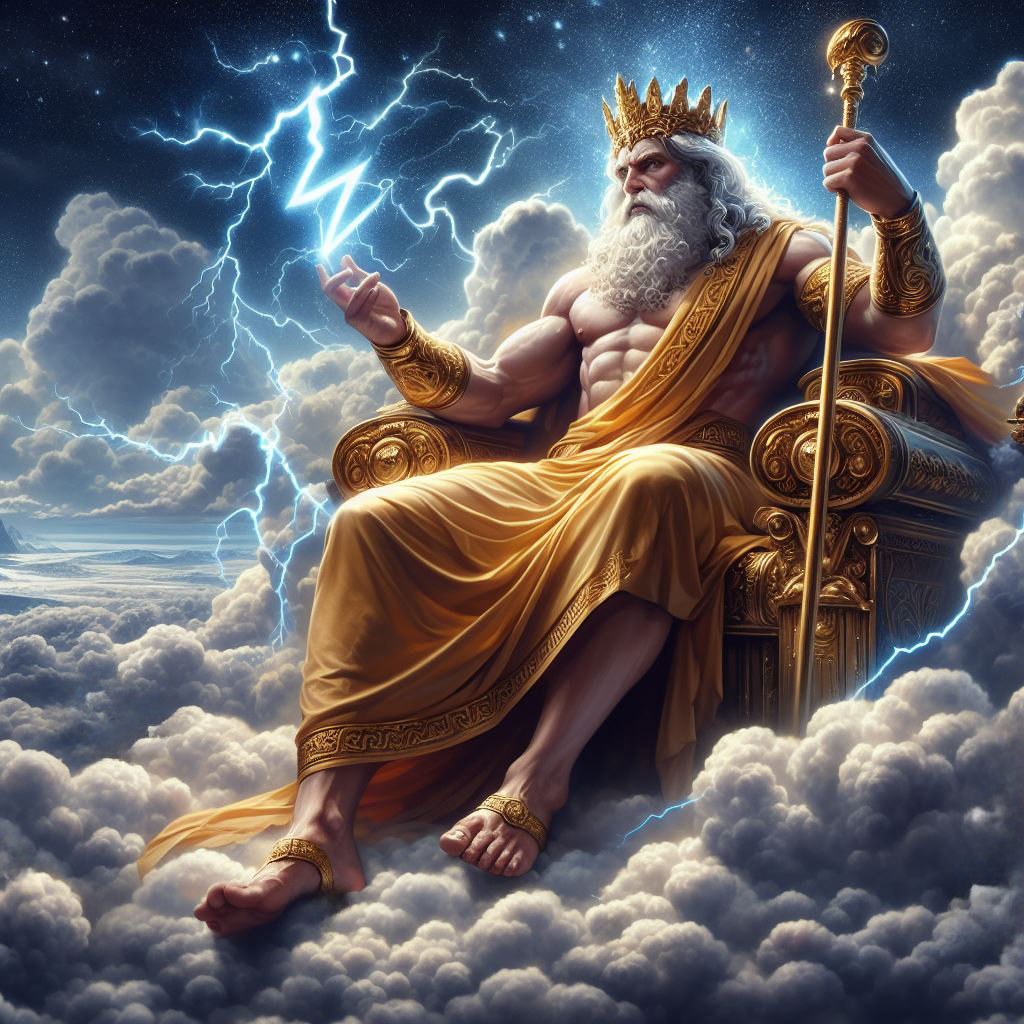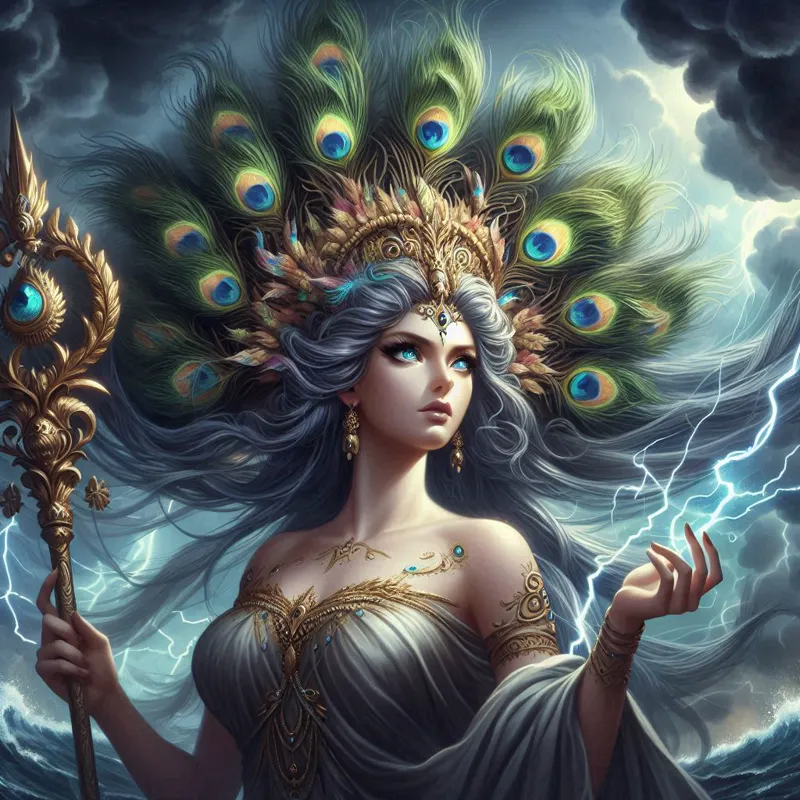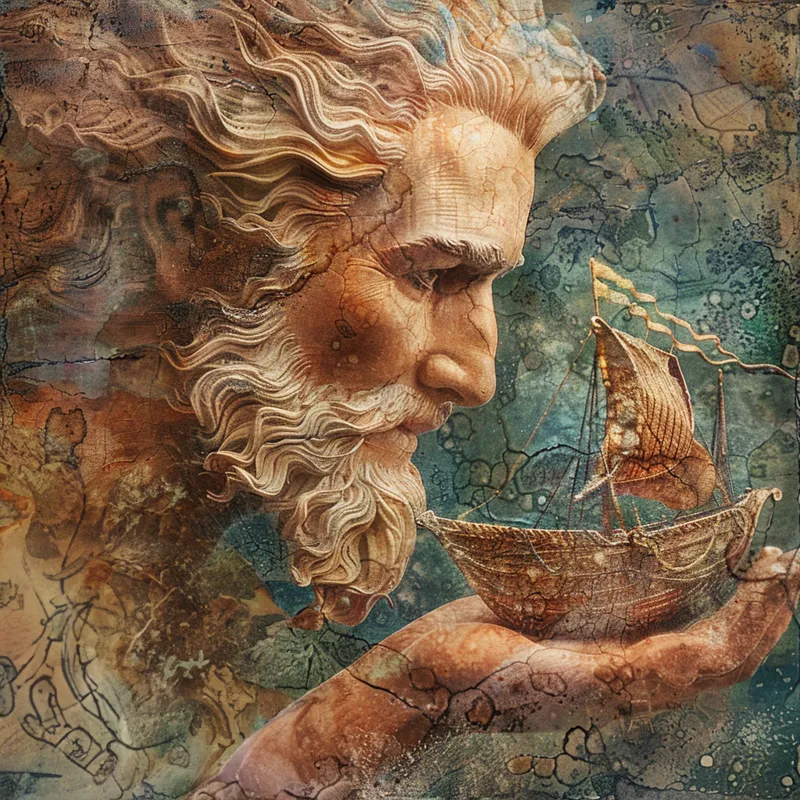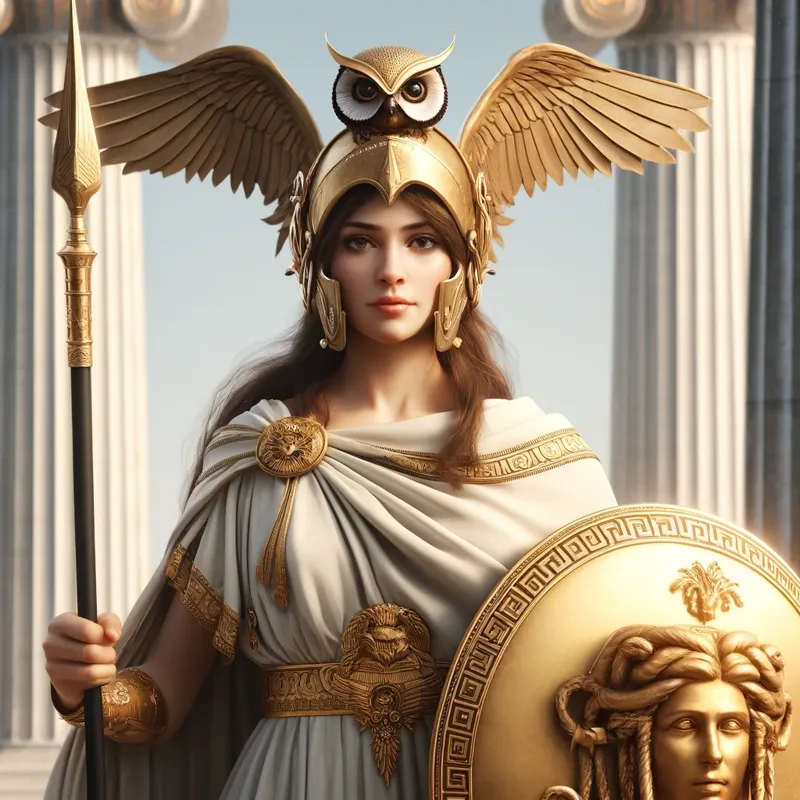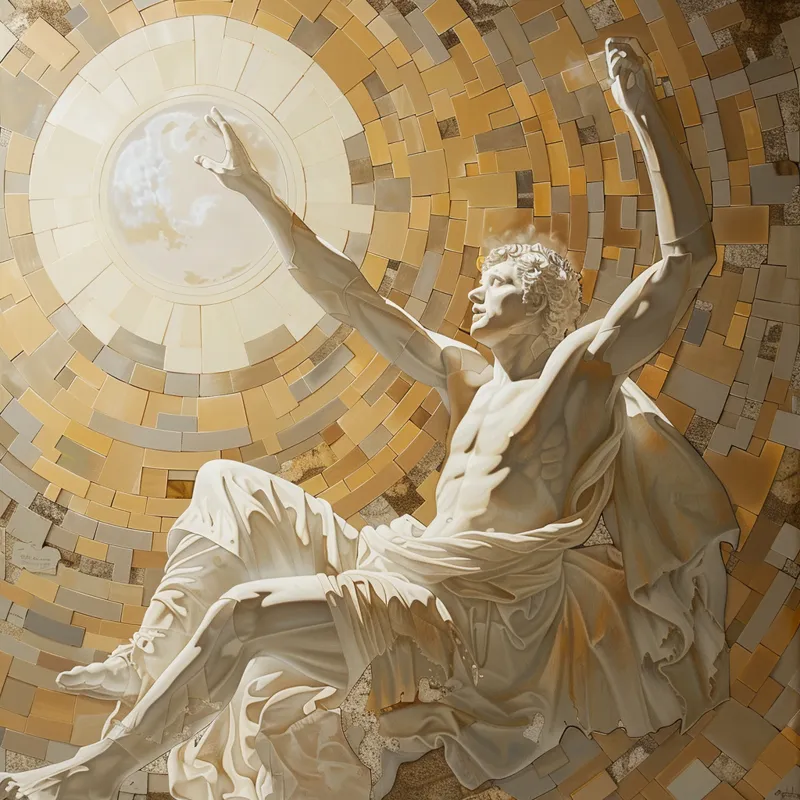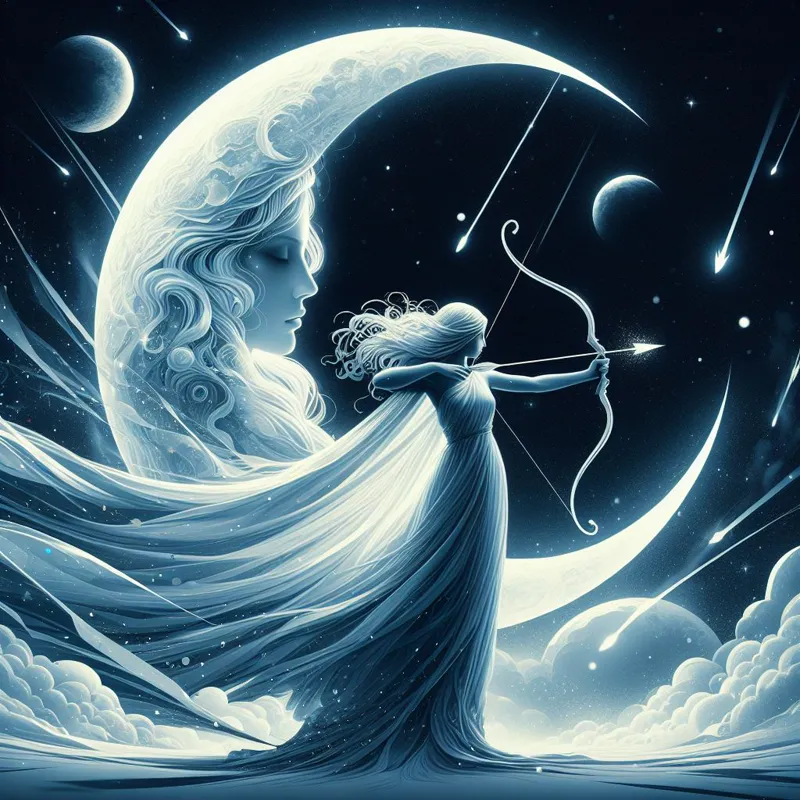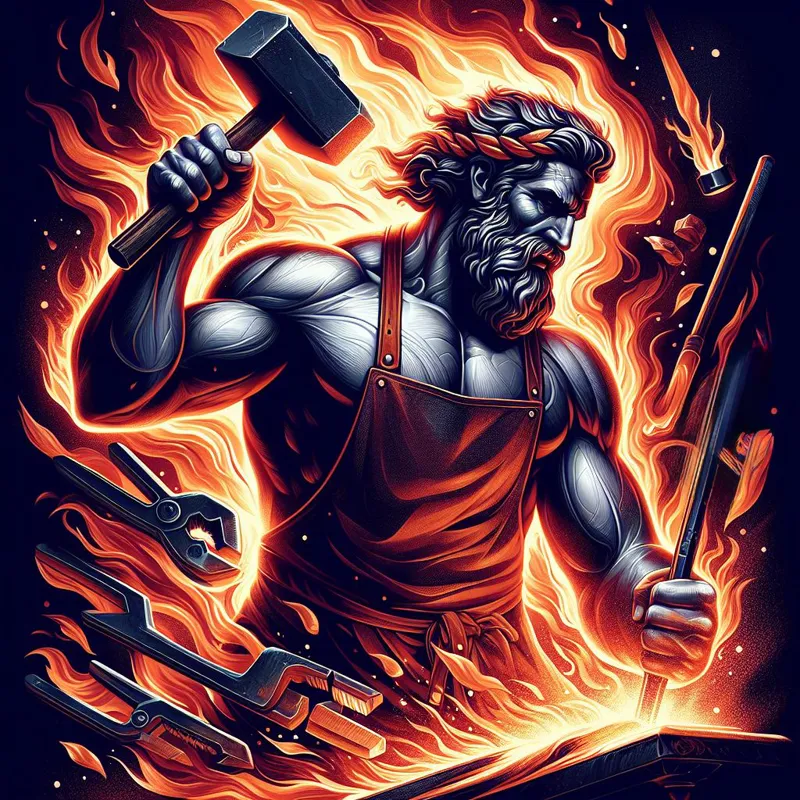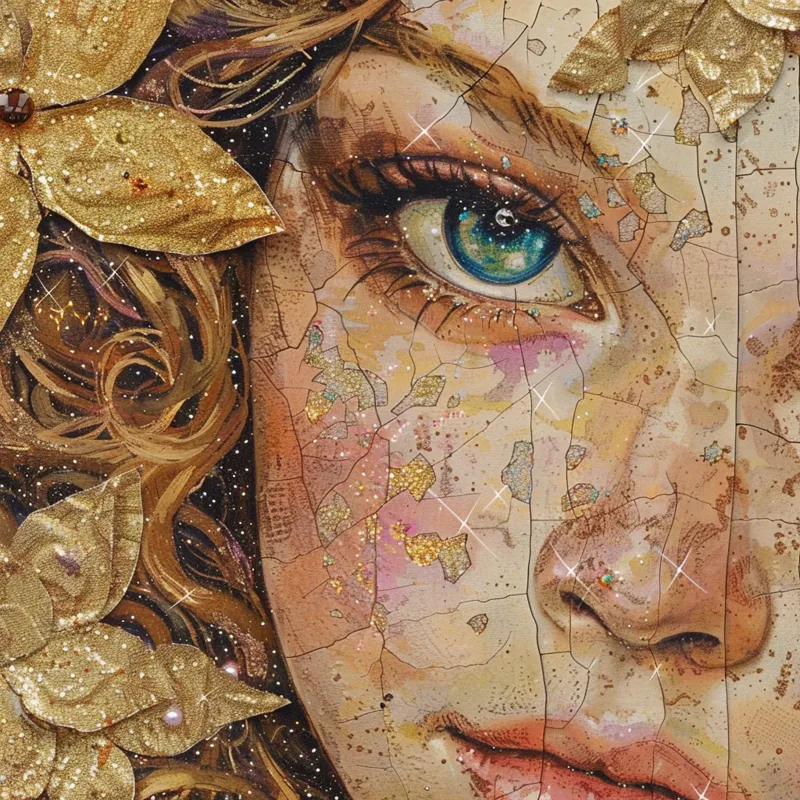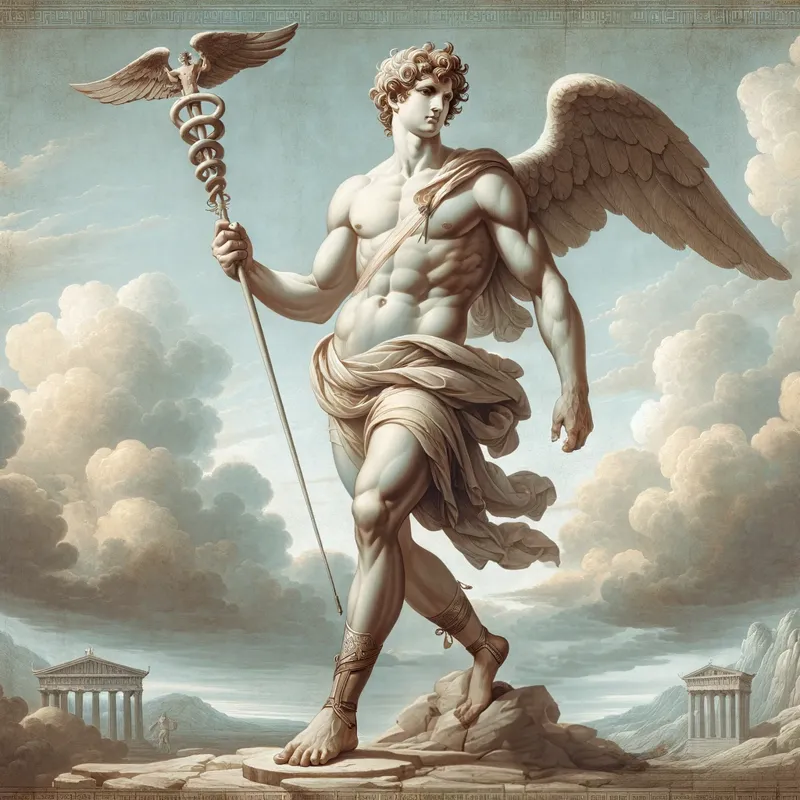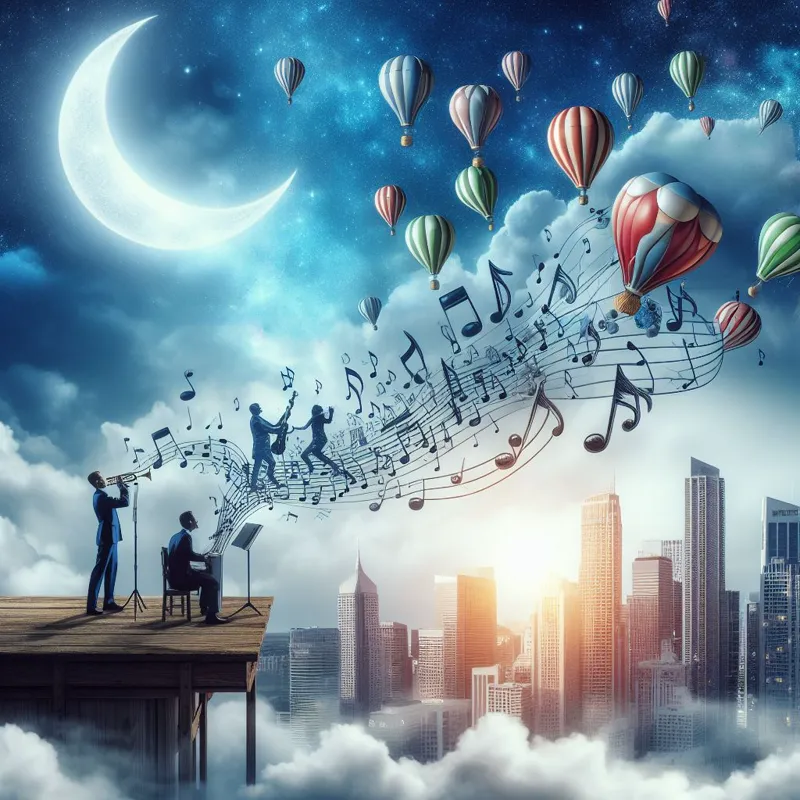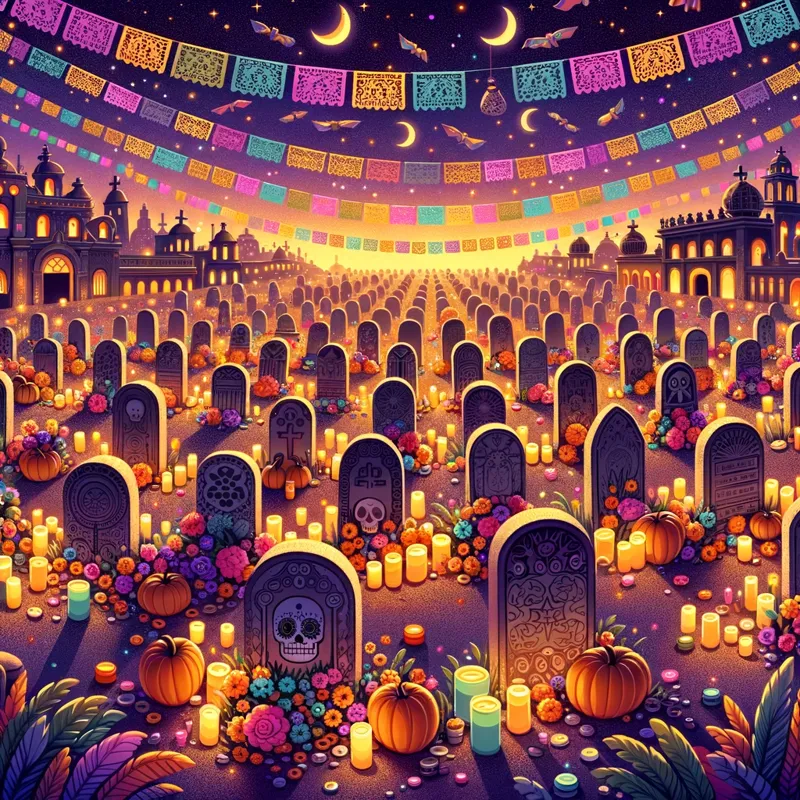
The graves yawn
The Day of the Dead, or 'Día de los Muertos,' is not simply a 'Mexican Halloween,' but a rich cultural festival with its own set of traditions and significance. Rooted in the intersection of indigenous Mesoamerican beliefs and Catholicism, the holiday serves as a spiritual and social occasion to remember, honor, and celebrate the deceased. Here's a closer look at various facets of this deeply meaningful holiday.
History and Origins
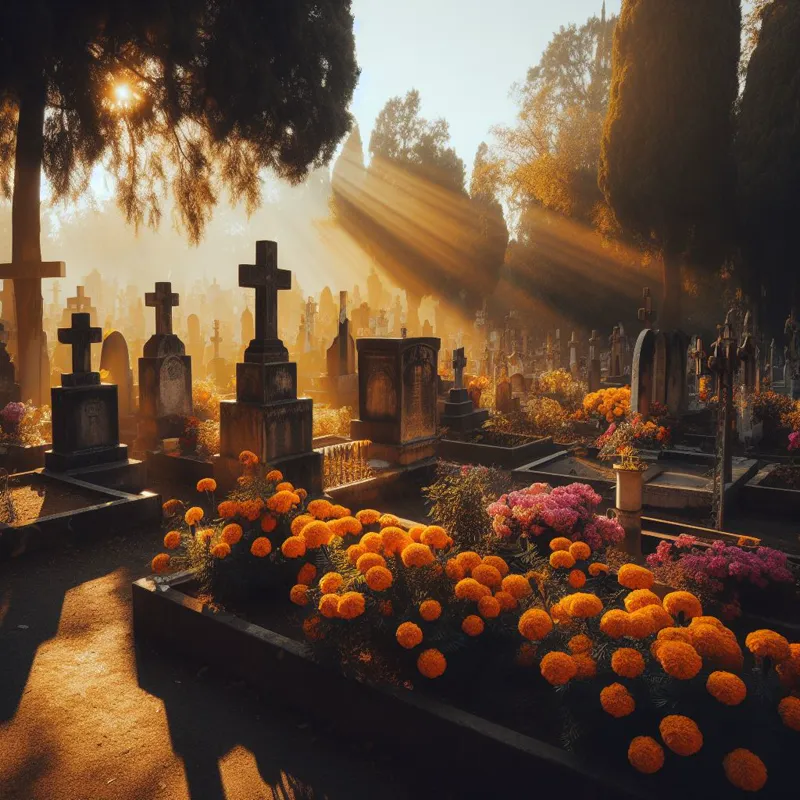
Somber morning
The origins of the Day of the Dead can be traced back over 3,000 years to indigenous traditions from the Aztec, Toltec, and Nahua people. These ancient civilizations held festivities to honor 'Mictecacihuatl,' the Queen of the Underworld.

A path of lights
With the Spanish colonization in the 16th century, Catholic practices like All Saints' Day and All Souls' Day were blended into indigenous beliefs, forming the current iteration of the Day of the Dead.
Significance of the Dates
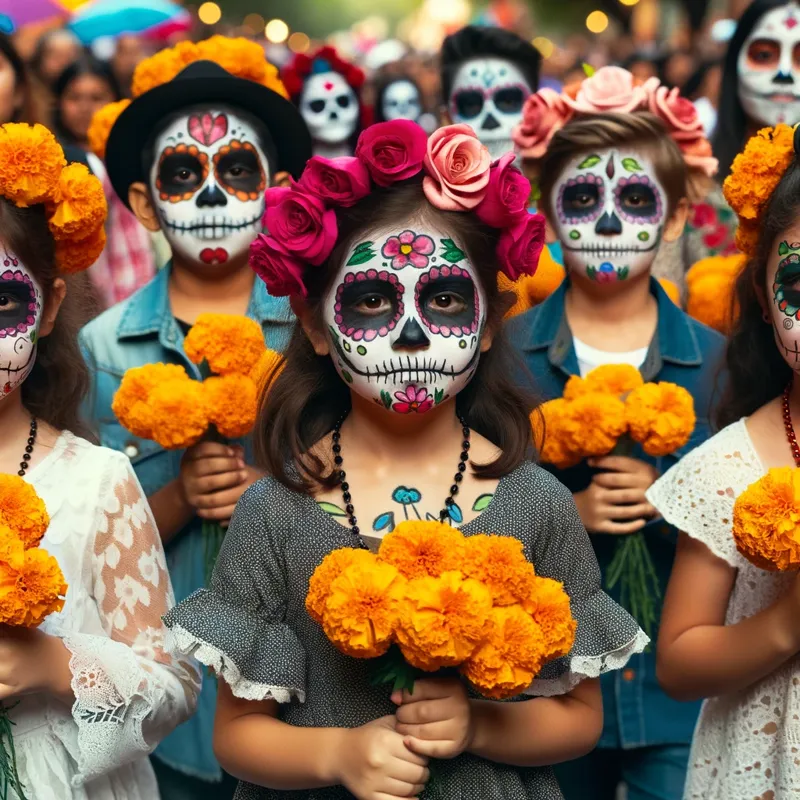
A light in heaven
The festival lasts from October 31st to November 2nd, each day having a particular significance. October 31st is when families prepare for the arrival of the spirits; November 1st, known as 'Día de los Angelitos' (Day of the Little Angels), is reserved for the souls of departed children; and November 2nd, or 'Día de los Difuntos,' is for remembering adults who have passed on.
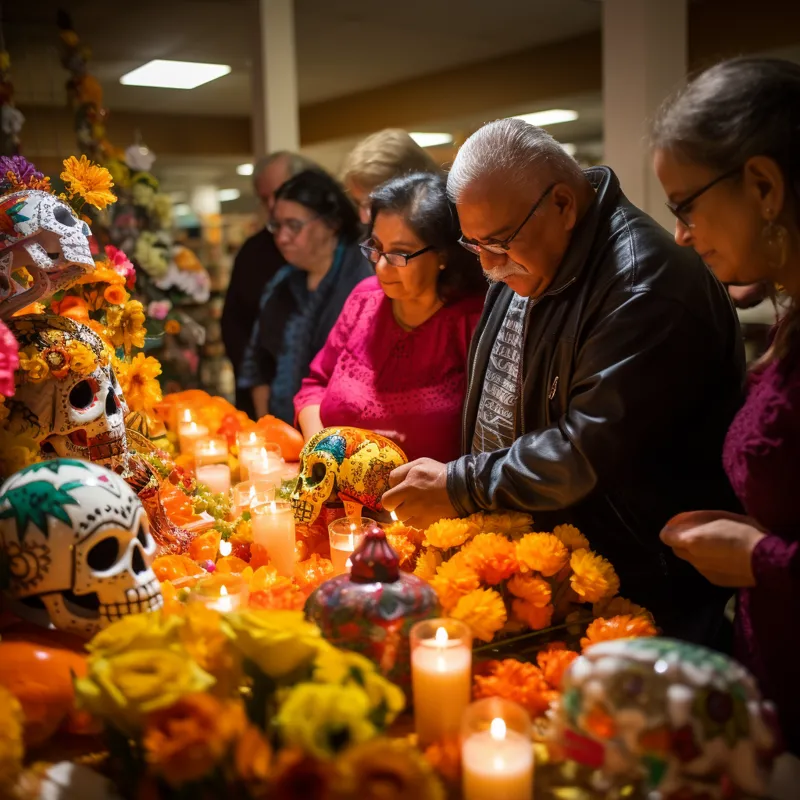
Remembrance
These dates align with the Catholic traditions of All Saints' Day and All Souls' Day but are infused with indigenous practices.
The Ofrenda

Grief... in many ways
Central to the Day of the Dead is the 'ofrenda,' or altar, which families create in their homes or at cemeteries.
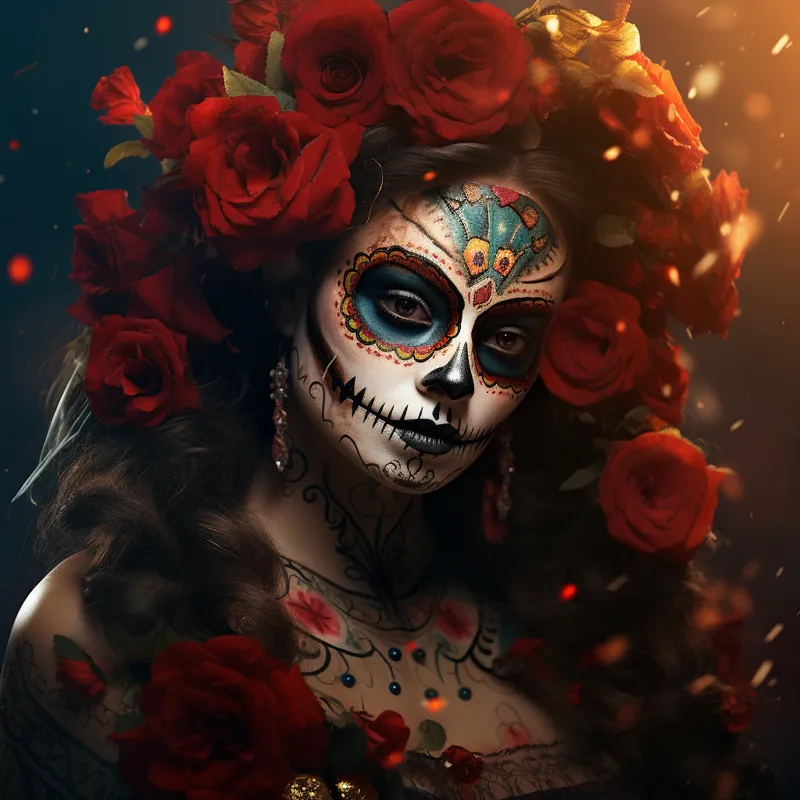
Ones we have lost...
The ofrenda is laden with candles, photographs, and mementos of the deceased, as well as their favorite foods and drinks. The idea is to guide the spirits back to the world of the living and offer them sustenance for their journey back to the afterlife.
Traditional Symbols and Items
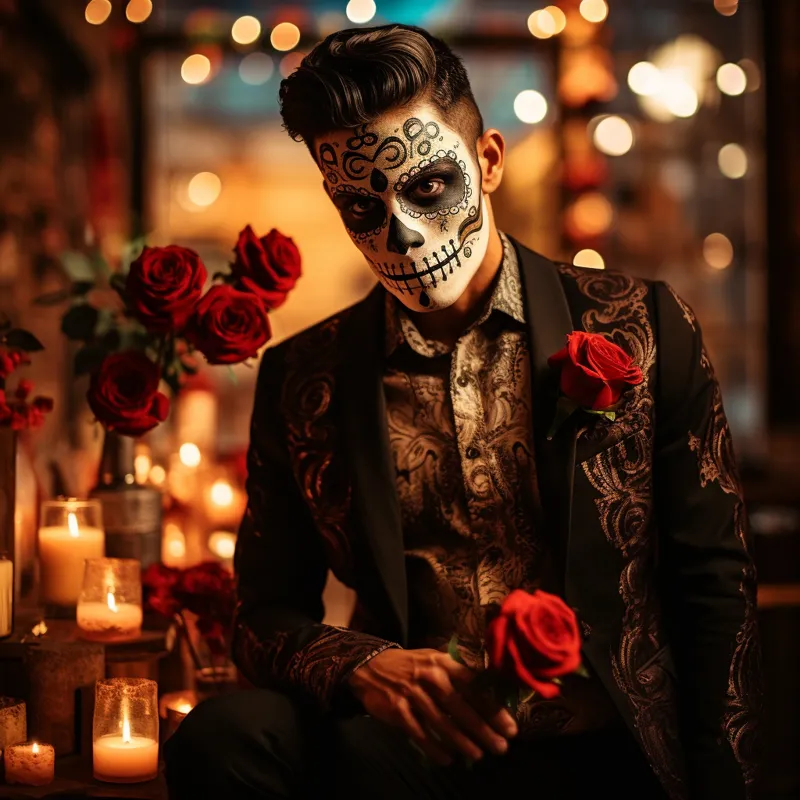
...still live
Marigold flowers, or 'cempasúchil,' are a key element of the celebration, as their bright color and scent are thought to guide spirits. Sugar skulls, 'calaveras,' represent the individual spirits and are often inscribed with names.
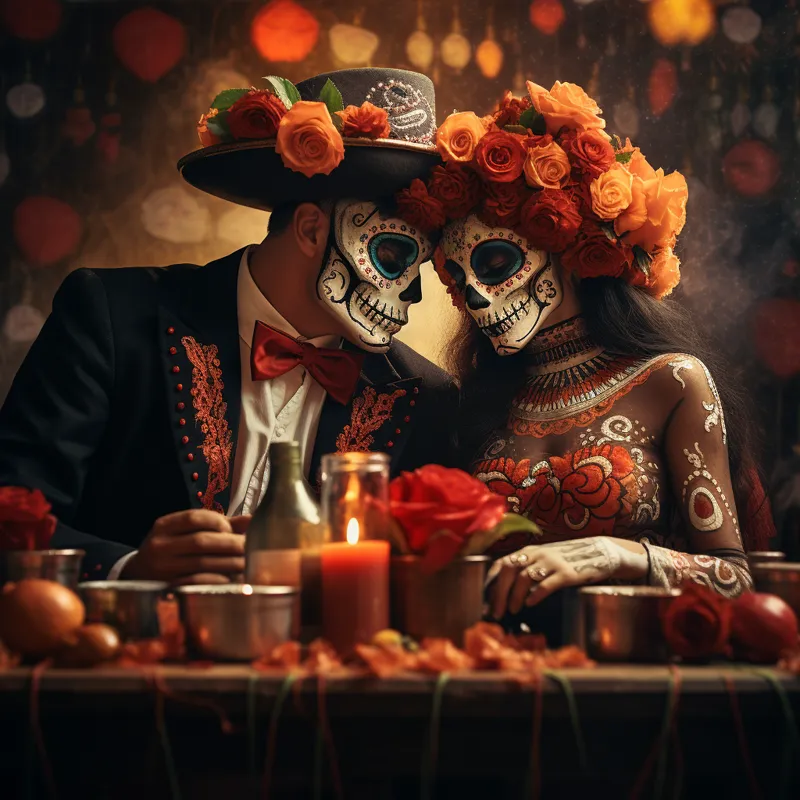
One night
Special foods like 'pan de muerto' (bread of the dead) and 'calabaza en tacha' (candied pumpkin) are prepared and enjoyed by families and also placed on the ofrenda.
Community and Public Celebrations

Fire of life
Public and community celebrations manifest in various forms, including parades, public ofrendas, and live music and dance performances.
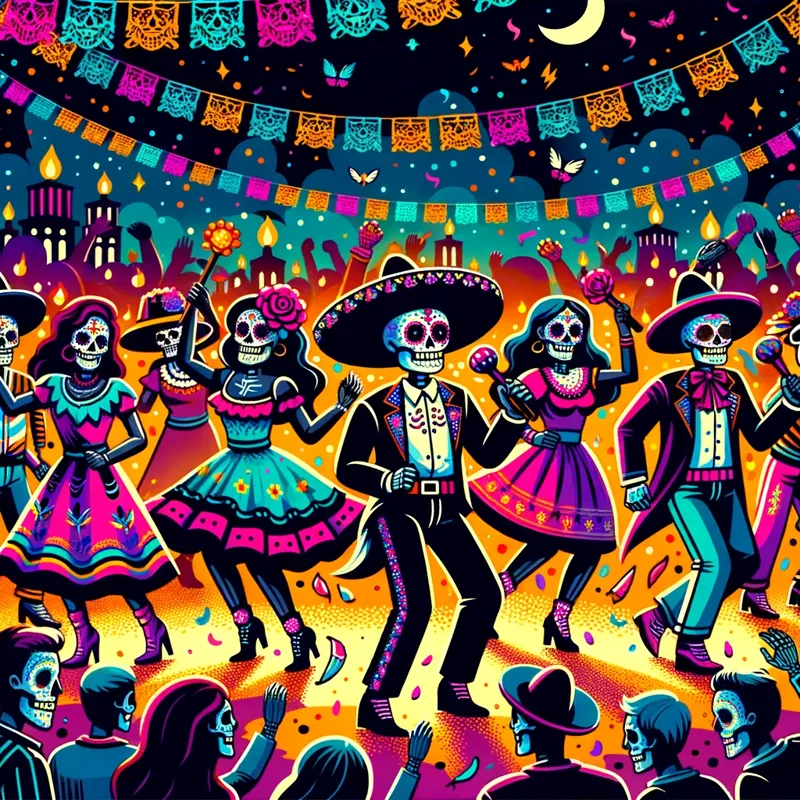
Dance the dance of life and death
In some communities, families gather in cemeteries for a night-long vigil, maintaining a festive atmosphere with food, music, and stories, thereby turning graveyards into lively spaces of remembrance and community.
Culinary Traditions

Spirit wave
Food is more than just sustenance during the Day of the Dead; it's a form of communion with departed loved ones. Families prepare dishes that were favorites of the deceased, treating food as a bridge between the living and the spiritual world.
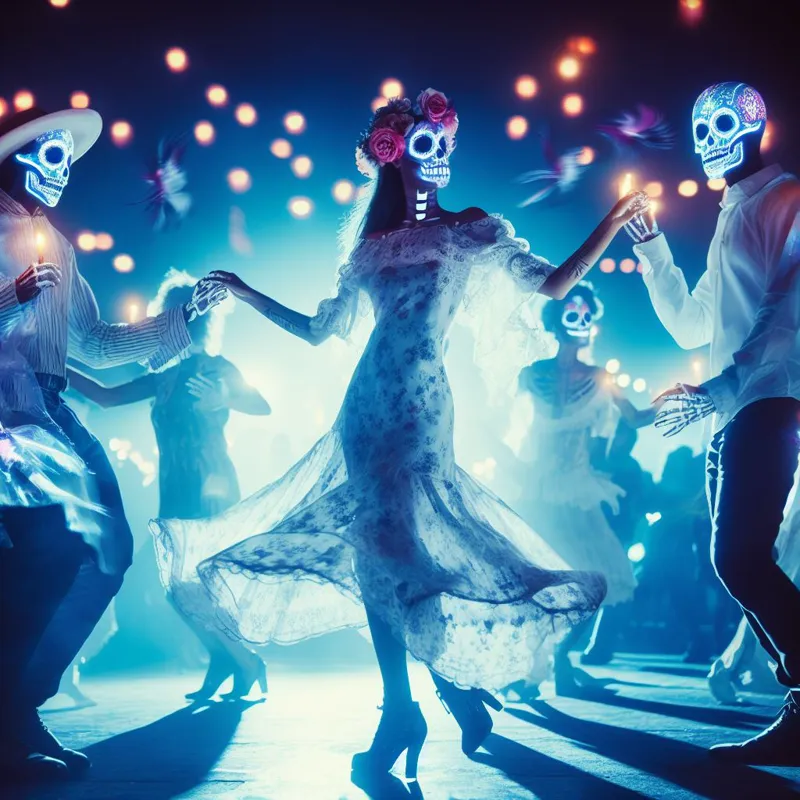
Life is real and not a fairy tale
From 'pan de muerto,' a sweet bread decorated with bone-like shapes, to 'mole,' a complex sauce often served over chicken or turkey, the culinary aspect is deeply intertwined with the celebration's emotional and spiritual elements. Beverages like 'atole,' a warm, corn-based drink, and even alcoholic drinks favored by the deceased, are commonly placed on the ofrenda as offerings.

Cosmic resonance
The act of sharing a meal, even symbolically, reiterates the sense of community and interconnectedness that lies at the heart of the Day of the Dead.
Artistic Expressions
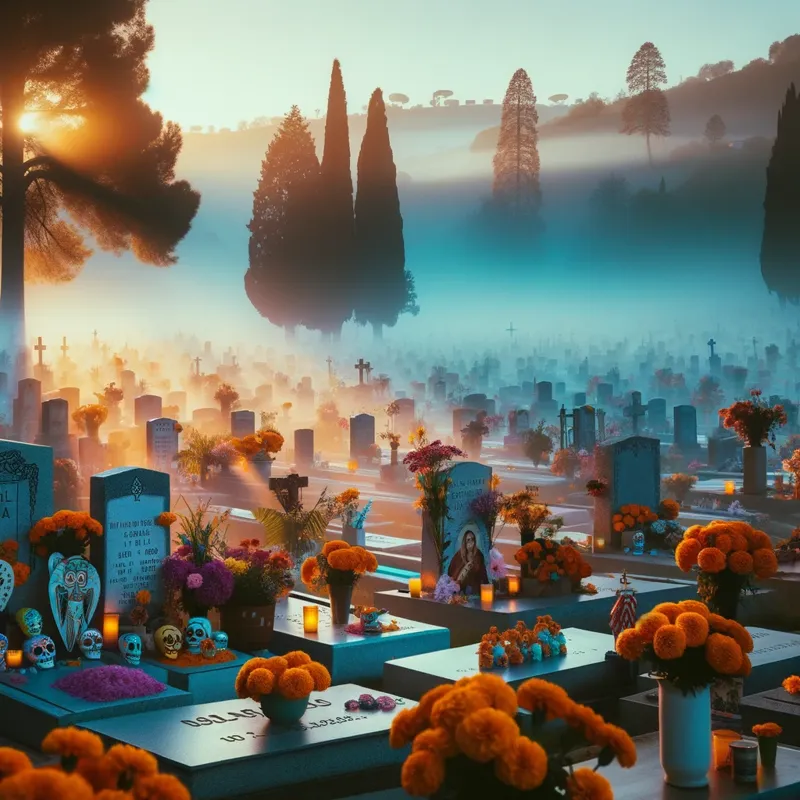
Still alive
Art plays an integral role in the Day of the Dead celebrations, serving as both a form of remembrance and a means of storytelling. From elaborate paintings and sculptures to handcrafted jewelry and decorations, artistic endeavors are a common way to honor the deceased.

A new day
One of the most notable forms of art is the 'calavera literaria,' a short poem or epitaph that humorously recounts the life of the departed, capturing their personality, quirks, or memorable life events. These artistic expressions add another layer of depth to the holiday, making it not just a spiritual observance, but also a celebration of life through art.
The Day of the Dead serves as a vivid and heartfelt celebration that bridges the gap between life and death. Rather than a day of sorrow, it's a festival filled with joy, remembrance, and the acknowledgment that our departed loved ones are still a meaningful part of our lives. It stands as a beautiful testament to the resilience and richness of cultural traditions that honor the eternal cycle of life and death.


